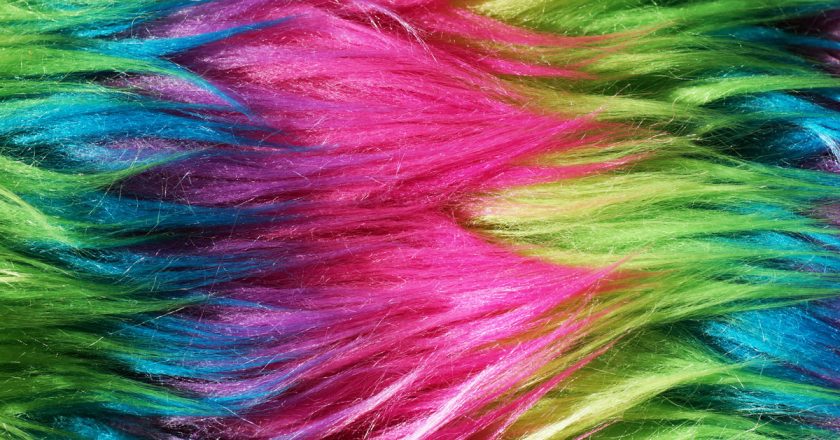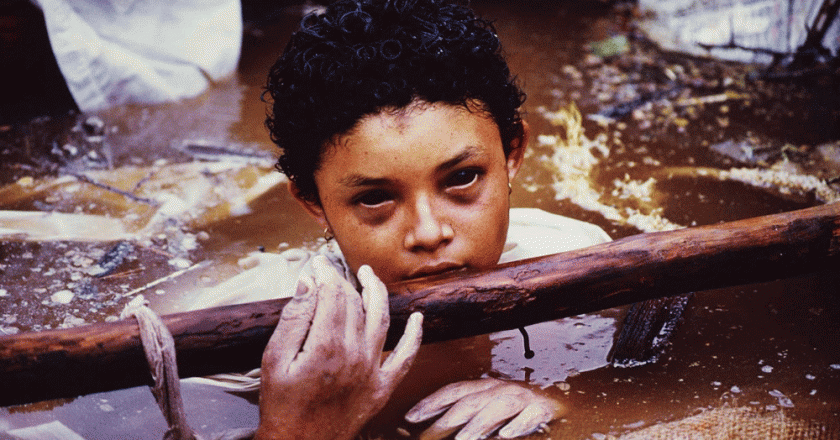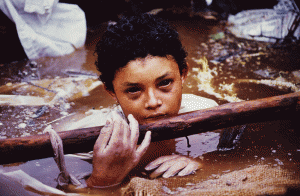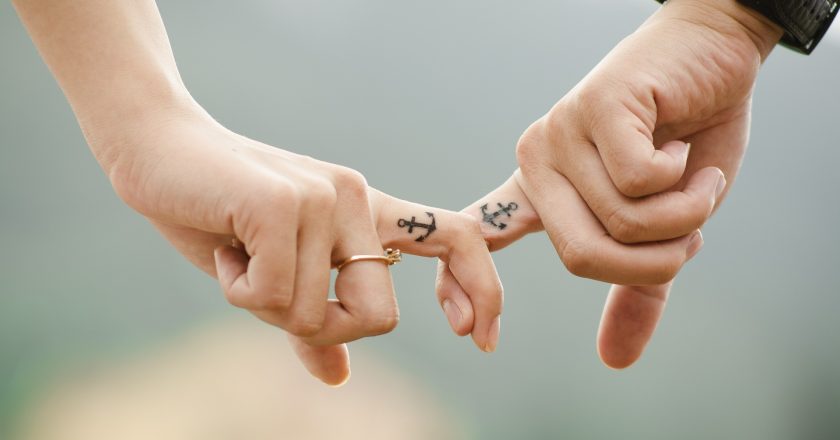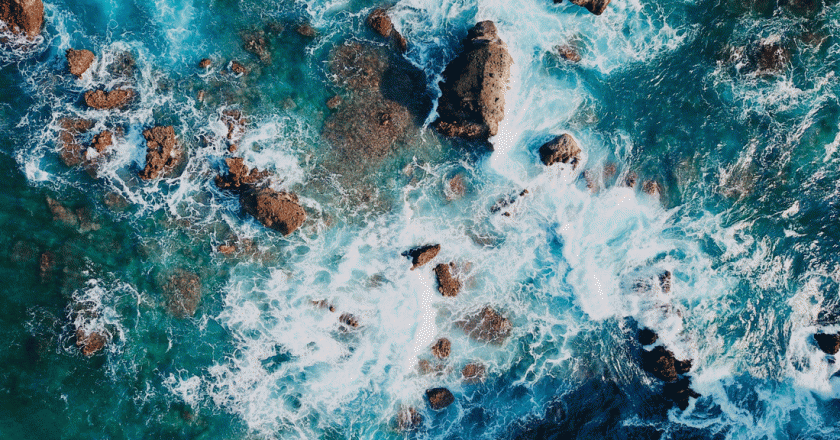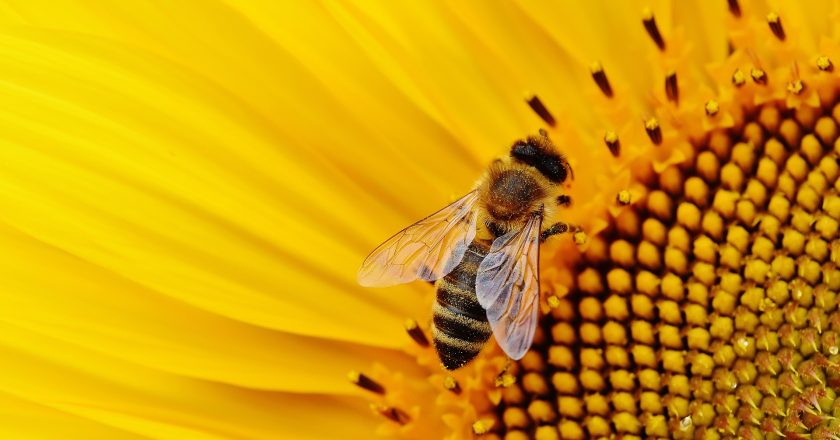Vegan leather has long been a popular alternative to the real thing, and now the sustainability and earth-friendly movement is catching up with other fashion. We look at some faux fur fashion trends for fall.
The growing popularity of faux fur is a response to the increased awareness of fur farming, which sees fur being sourced from racoons, mink, foxes, rabbits and chinchillas. Faux or fake fur rejects fast fashion’s non-ethical and unsustainable methods, and instead offers kinder, cheaper alternatives for a guilt free shopping experience.
Luxury labels such as Chanel, Jimmy Choo and Michael Kors have also tapped into the fast-growing faux fur market, but if luxury labels aren’t in your budget, where should you look for sustainably produced, faux fur? And what trends should you be keeping an eye on this fall? We investigate.
Guilt-free shopping
The first trend to spotlight is faux fur vests that have been hitting the streets in an assortment of colors and sizes. Faux fur vests add a fun and fashionable dimension to a simple outfit, as well as provide some warmth during in-between seasons.
Not only are there an abundant selection of colors, faux fur vests accommodate stripes, tassels and vivid, striking patterns to give you a style selection to suit everyone. If you’re heading to a harvest festival, compliment your vest with a fiery red or neon orange crop top to match the fall spirit. If you’re going for a more toned-down look and want to keep the the fall breeze at arm’s length, wrap up in pastel toned t-shirts under your vest.
Speaking of keeping warm, boot covers are another eco-friendly option to throw into the mix. Boot covers barricade your legs from the cold air and stop it from winding up your ankles and hitting your legs with a shocking cold rush.
Rave ready
Finding a jacket that flatters your overall outfit, will keep you warm on the way back home and allow you to stash your ID and phone is a fashion problem that’s been stumping women for generations.
Nonetheless, faux fur jackets are a stylish way of making sure you won’t shivering on the journey home, while allowing you to stay cool in the club with its breathable material. Some jackets go as far to include reversible elements, therefore giving you the opportunity to switch the fur inwards to keep warm and outwards to keep cool. It’s either go big or go home this fall, so step into the fall spirit by slipping into ethereal explosions of colour the ethical way.
Say no to real fur
Across the globe in fur farms, over 100 million animals are killed, and their lives are spent in wired, mesh cages, that deny them social interaction and the opportunity to engage in normal behavior for their species, for example swimming and hunting.
See also: Your Ultimate Guide to Choosing a Swimsuit
Faux Real: End of Animal Fur
Making a Fashion Statement


